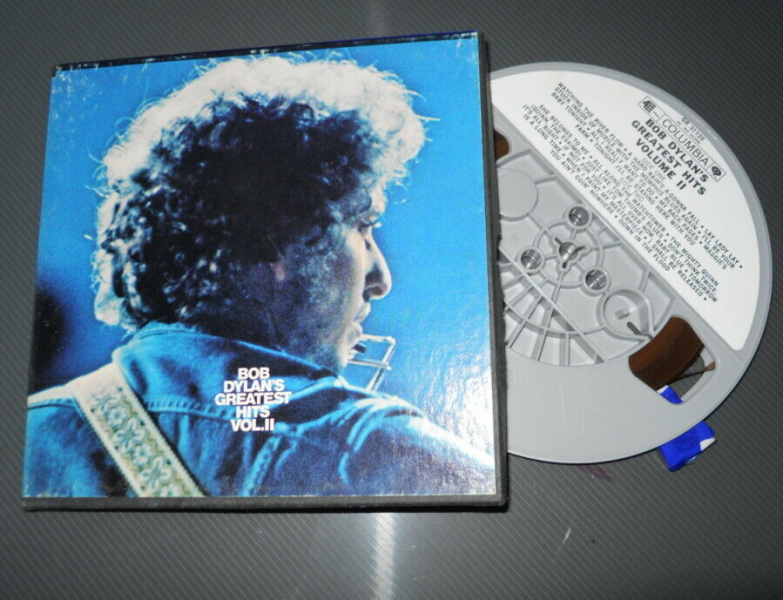Fellow tapeheads, I wanted to take a quick survey to gauge your interest level in re-issues of classic rock albums on reel-to-reel tape.
Q- If someone was to release properly licensed major label titles made 1:1 FROM THE ORIGINAL ANALOG MASTER TAPES on 4-track/ 7.5 IPS tapes would you purchase them?
Q- Considering that similar type releases on 15 IPS/10.5" reels sell for $500-$1000 each, what would be a reasonable price point for a 4-track version of audiophile quality?

Q- If someone was to release properly licensed major label titles made 1:1 FROM THE ORIGINAL ANALOG MASTER TAPES on 4-track/ 7.5 IPS tapes would you purchase them?
Q- Considering that similar type releases on 15 IPS/10.5" reels sell for $500-$1000 each, what would be a reasonable price point for a 4-track version of audiophile quality?



